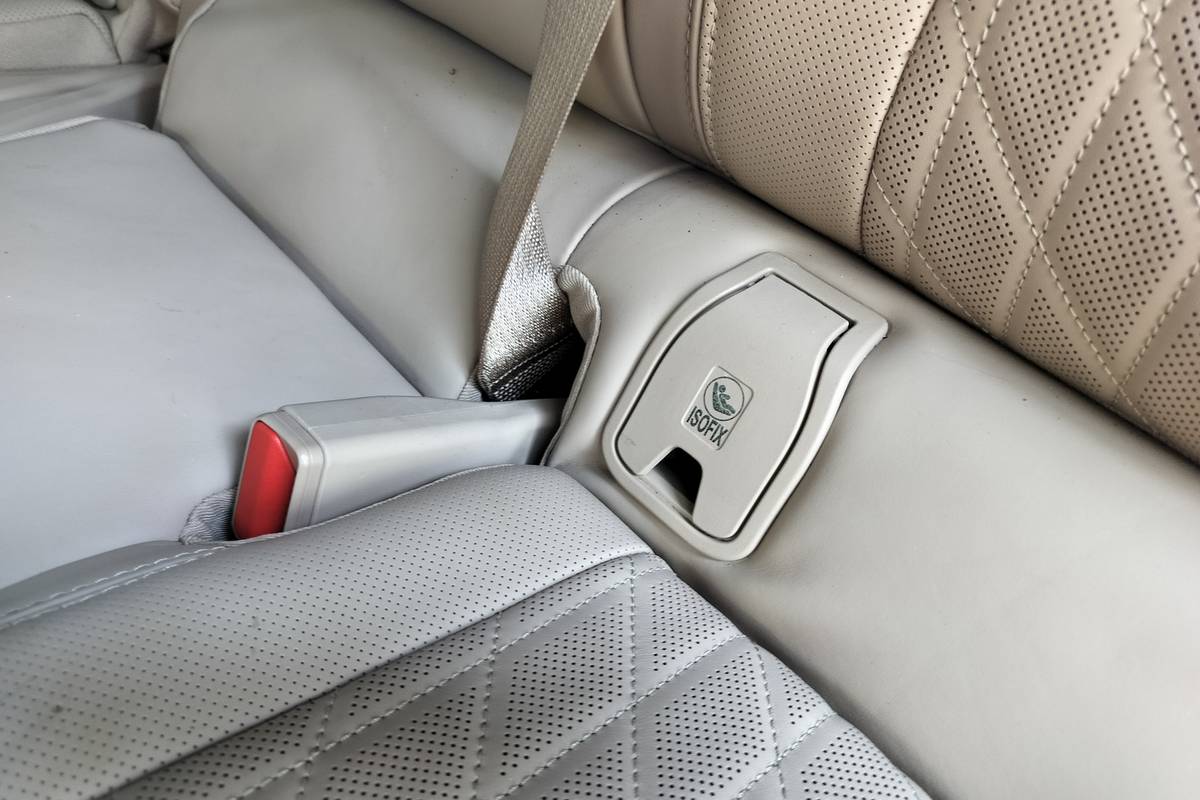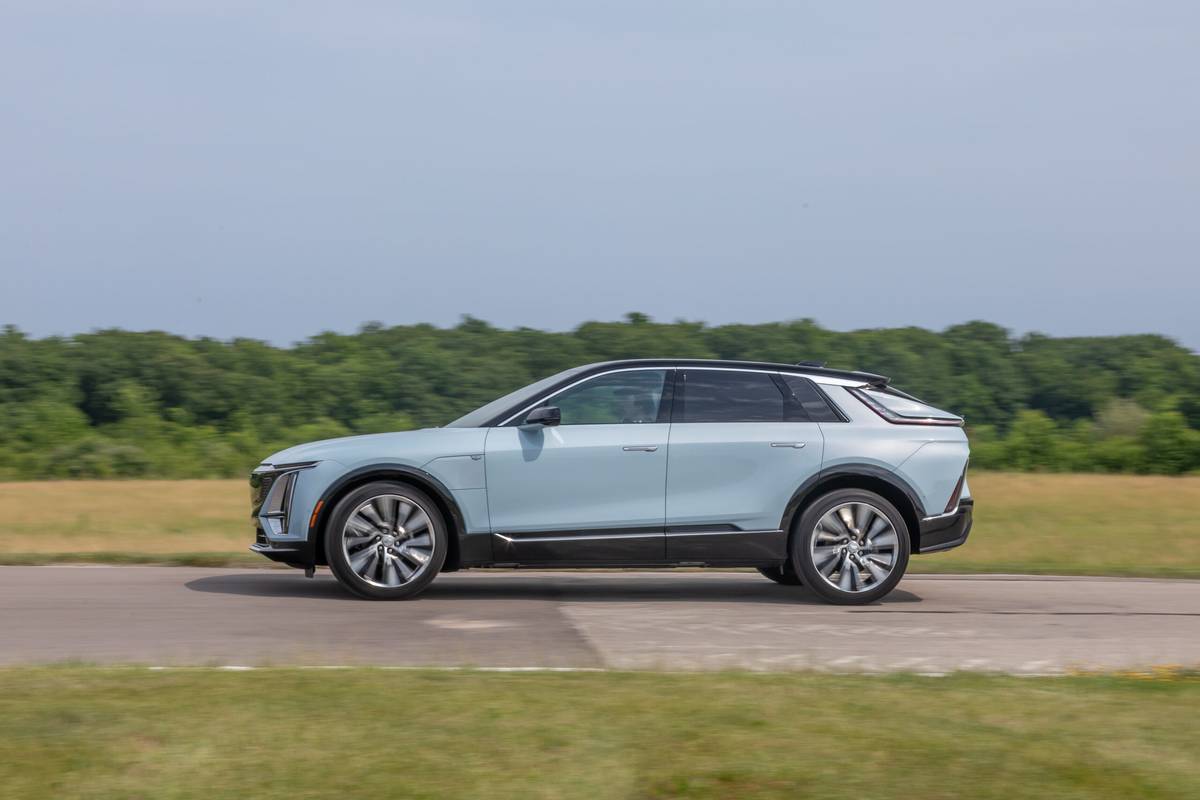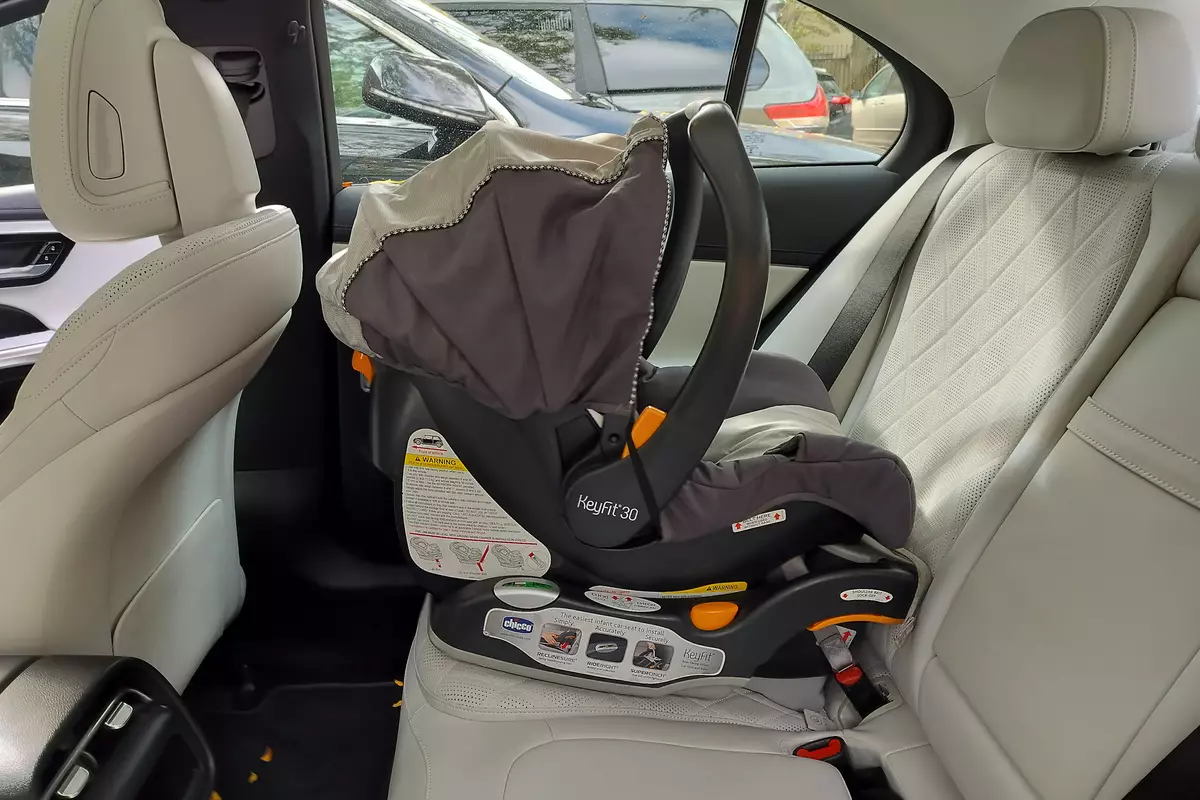Boston.com's view
The woman stopped polishing her SUV and peered over the roof at the looming hulk of a truck I had just parked. That’s one big Ford, she said.
Actually, it’s a Toyota, I explained — a 2007 Toyota Tundra 4×4 Double Cab LT.
And it isn’t even the biggest Tundra on the market. That would be the Crew Max, with 40 inches of rear leg room and full-size rear doors. This one has front-hinged, three-quarter rear doors that open into a roomy back seat.
But make no mistake, this is a large vehicle. Consider that it is just over 230 inches long riding a wheelbase of 140.5 inches. Toss in the 75-inch height and 5,020 pounds of curb weight and you see why someone could not help but notice it.
The Tundra’s size means lots of power is required to move it, and Toyota does not hold back in that department. The Tundra houses a 381-horsepower, 5.7-liter V-8 engine that feels even more powerful than the numbers indicate. Maybe that’s because of the 401 lb.-ft. of torque — pulling power that gives it a tow capacity of 10,300 lbs.
All that horsepower is shipped through a six-speed automatic transmission that turns what could be a herky-jerky amalgam into a smooth ride up and down the gears.
Its electronically controlled four-wheel-drive system is as simple as the twist of a knob, going into high range for messy driving, or low range for pushing through snow.
And push I did one morning after more than a foot of snow fell and the town plows created a hip-high snowbank at the end of my driveway. Shovel my way out at 6 a.m.? Hardly. In low-range, the Tundra blasted through the barricade as if it had been made of fake Hollywood snow.
It used to be pretty easy to spot an Asian-built truck: tinny, little wheels and tires, definitely small, and certainly not ready to haul a big load of lumber, rocks, or gravel. But Toyota is building by-God-American trucks now: big, powerful, and with presence.
Yes, Ford with its F-Series still leads the pack, and General Motors is right there in the race, but an automotive reporter in San Antonio, on whose outskirts Toyota built its truck plant, told me executives from both of those American companies have established a noticeable new presence on the local scene. They’re trying to remind Texans of trucking’s American roots. It’s clear they feel Toyota rumbling after them. As well they should.
Of the big trucks out there, the Tundra has by far the quietest drive train and smoothest ride. It handles almost like a car. But it does not offer the elegant interiors you’ll find in Ford’s Lariat or King Ranch series, or Chevrolet’s Silverado.
Typical of Toyota, function and form are combined in a subdued way. There is not a button, knob, or handle you cannot use with gloves on.
A two-tier glove box will handle a full-size thermos bottle on its upper shelf. The center console is designed to cradle a laptop computer or for hanging files.
As to safety, Toyota trucks ahead by offering standard antilock brakes, brake assist, electronic stability control, front side air bags, and front and rear, roll-sensing side curtain bags.
The Tundra comes in 31 configurations that include three cab styles, three bed lengths, a V-6 engine, two V-8s, and two- or four-wheel drive.
It’s enough to prompt a “ride ’em, cowboy!”
Royal Ford can be reached at ford@globe.com.
Latest news



